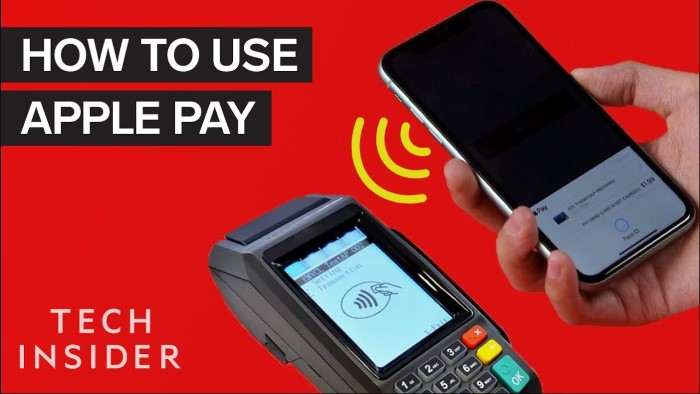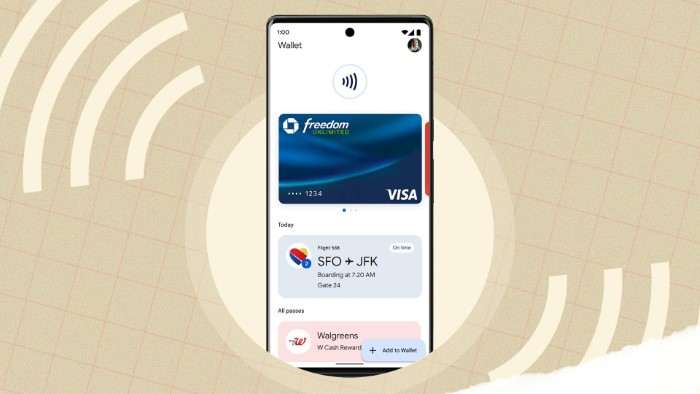What is Apple Pay?

Apple Pay is a digital wallet and mobile payment service created by Apple Inc. It allows users to make payments using their Apple devices, such as iPhones, iPads, Apple Watches, and Macs. The service is designed to replace traditional payment methods with a secure, efficient, and convenient alternative. By using Near Field Communication (NFC) technology, Apple Pay enables users to make contactless payments at compatible terminals.
How Does Apple Pay Work?
Apple Pay functions by storing credit and debit card information securely on your device. When you make a payment, your device communicates with the payment terminal via NFC. The payment information is encrypted and sent securely, ensuring that your card details are never exposed. Apple Pay also supports biometric authentication, such as Face ID or Touch ID, adding an extra layer of security to transactions.
Apple Pay on Android Devices: Is It Possible?
As of now, Apple Pay is not officially available for Android devices. The service is primarily designed for Apple’s ecosystem and is deeply integrated with iOS, watchOS, and macOS. However, Android users have access to a variety of other digital wallets and payment solutions, such as Google Pay and Samsung Pay, which offer similar functionalities.
Alternatives to Apple Pay for Android Users
For Android users looking for a seamless mobile payment experience, several alternatives to Apple Pay are available. Here are some of the most popular options:
Google Pay
Google Pay is Google’s answer to mobile payments. It allows users to store their credit and debit card information securely and make payments using their Android devices. With a similar NFC-based system, Google Pay provides a secure and convenient way to handle transactions.
Features of Google Pay
- Contactless Payments: Like Apple Pay, Google Pay uses NFC to enable contactless transactions.
- Integration with Google Services: Google Pay integrates seamlessly with other Google services, such as Gmail and Google Assistant.
- Loyalty Cards and Rewards: Users can store loyalty cards and access rewards through the Google Pay app.
Samsung Pay
Samsung Pay is another popular mobile payment solution available for Android users. It supports both NFC and Magnetic Secure Transmission (MST), allowing it to work with a wider range of payment terminals.
Features of Samsung Pay
- Wide Terminal Compatibility: Samsung Pay’s MST technology enables payments at older magnetic stripe terminals.
- Samsung Ecosystem Integration: Samsung Pay is deeply integrated with Samsung devices and services.
- Rewards Program: Samsung Pay offers its own rewards program, providing incentives for frequent users.
PayPal
PayPal is a versatile payment solution that can be used for online purchases, in-app payments, and even in-store transactions via QR codes.
Features of PayPal
- Global Acceptance: PayPal is accepted by a vast number of online merchants worldwide.
- QR Code Payments: Users can make in-store payments by scanning QR codes.
- Bank Transfers: PayPal allows for easy bank transfers and money transfers between users.
Setting Up Google Pay on Your Android Device

Since Apple Pay is not available on Android, setting up Google Pay can provide a similar mobile payment experience. Here’s a step-by-step guide to setting up Google Pay:
Downloading the App
- Open the Google Play Store on your Android device.
- Search for “Google Pay.”
- Tap “Install” to download and install the app.
Adding Payment Methods
- Open the Google Pay app.
- Tap on the “+” icon or “Add a card.”
- Follow the prompts to add your credit or debit card information.
Verifying Your Payment Method
- Google Pay may require you to verify your payment method through your bank.
- Follow the instructions provided by Google Pay to complete the verification process.
Making Payments
- Ensure your device’s NFC feature is enabled.
- To make a payment, unlock your phone and hold it near the payment terminal.
- Follow any additional prompts on the terminal or your device.
Potential Security Concerns and How to Address Them
Both Apple Pay and its Android counterparts are designed with security in mind. However, understanding potential security concerns and knowing how to address them is crucial for protecting your financial information.
Encryption and Tokenization
Both Apple Pay and Google Pay use encryption and tokenization to secure payment information. This means that your actual card details are never shared with the merchant; instead, a unique token is used for each transaction.
Biometric Authentication
Biometric authentication, such as Face ID or fingerprint recognition, adds an additional layer of security. Ensure that biometric authentication is enabled on your device to maximize security.
Keeping Your Device Secure
To protect your payment information, keep your device secure by following these practices:
- Use a Strong Passcode: Ensure that your device’s passcode is strong and not easily guessable.
- Enable Find My Device: Use device tracking features to locate or remotely wipe your device if it is lost or stolen.
- Install Security Updates: Keep your device’s operating system and apps up to date to protect against security vulnerabilities.
Comparing Apple Pay with Other Payment Solutions
While Apple Pay offers a seamless payment experience for iOS users, other payment solutions provide similar functionalities for Android users. Here’s a comparison of Apple Pay with Google Pay and Samsung Pay:
Ease of Use
- Apple Pay: Simple and intuitive, with easy setup and integration with Apple devices.
- Google Pay: User-friendly with integration across Google services.
- Samsung Pay: Easy to use, with additional features like MST for wider terminal compatibility.
Security Features
- Apple Pay: High security with encryption, tokenization, and biometric authentication.
- Google Pay: Similar security features with encryption and biometric authentication.
- Samsung Pay: Secure with encryption and MST technology for added versatility.
Merchant Acceptance
- Apple Pay: Widely accepted at merchants that support NFC payments.
- Google Pay: Broad acceptance with a growing number of participating merchants.
- Samsung Pay: Compatible with both NFC and MST terminals, offering extensive merchant acceptance.
The Future of Mobile Payments and Apple Pay
As technology continues to advance, the landscape of mobile payments is likely to evolve. While Apple Pay is currently limited to Apple devices, it’s possible that future developments may allow for broader compatibility with other platforms. In the meantime, Android users have access to a range of robust payment solutions that provide similar benefits.
Emerging Trends in Mobile Payments
- Biometric Innovations: Advances in biometric technology may enhance security and user convenience.
- Integration with Wearables: Increased integration with wearable devices could streamline payment experiences.
- Expansion of Digital Wallets: As digital wallets become more prevalent, interoperability between different platforms may improve.
Related Post:
Android Auto Not Connecting: Troubleshooting and Solutions
The Ultimate Guide to the Alexa App for Android
Game Vault APK Download for Android: Your Ultimate Guide
While Apple Pay remains a premier mobile payment solution within the Apple ecosystem, Android users can enjoy comparable benefits through alternatives like Google Pay and Samsung Pay. Each payment solution offers unique features and advantages, catering to various needs and preferences. By understanding the options available and adopting best practices for security, users can make the most of digital payments, regardless of their device.
In summary, while Apple Pay is not natively available on Android devices, the ecosystem of mobile payment solutions provides ample choices for seamless, secure transactions. As technology advances, it will be exciting to see how mobile payments continue to evolve and integrate across different platforms.


